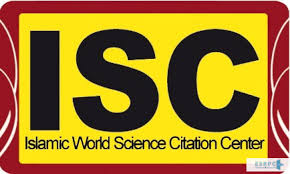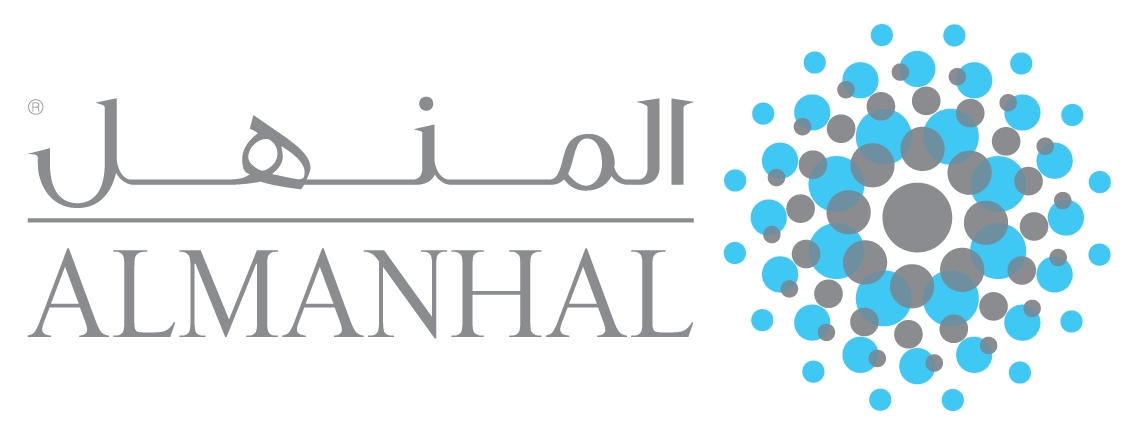Mobile Money as an Effective Financial Tool in Underdeveloped Countries
DOI:
https://doi.org/10.31436/jif.v10i1.559Abstract
The available literature has shown that a lot of people in underdeveloped countries do not fulfill the criteria needed to benefit from banking facilities. As a result, the lower segment of these societies has been deprived of basic financial services and left with vulnerable traditional methods of saving and transacting using funds. Fortunately, innovative ideas like mobile money were introduced in the first decade of the 21st century, allowing people in poor countries to access essential financial services and conduct basic transactions in a more advanced and secure manner. This study thus aims to establish mobile money as an effective and Shariah-complaint substitute for banking services particularly in underdeveloped countries. It would do so through the qualitative research method of analysing the relevant materials on the subject matter i.e. books, journal articles, research papers, websites, etc. The study has found that although the presence of mobile money has brought about various benefits to underdeveloped communities, issues that are regulatory, service, or security-related have impeded the service from realizing its true potential. Nonetheless, the study has shown that these issues may be countered by introducing the right measures, which include regulatory reformations, service enhancements, and awareness-building. Such measures would empower members of underprivileged communities and integrate them into the financial industry, which in turn would greatly contribute to their countries’ socio-economic welfare.













